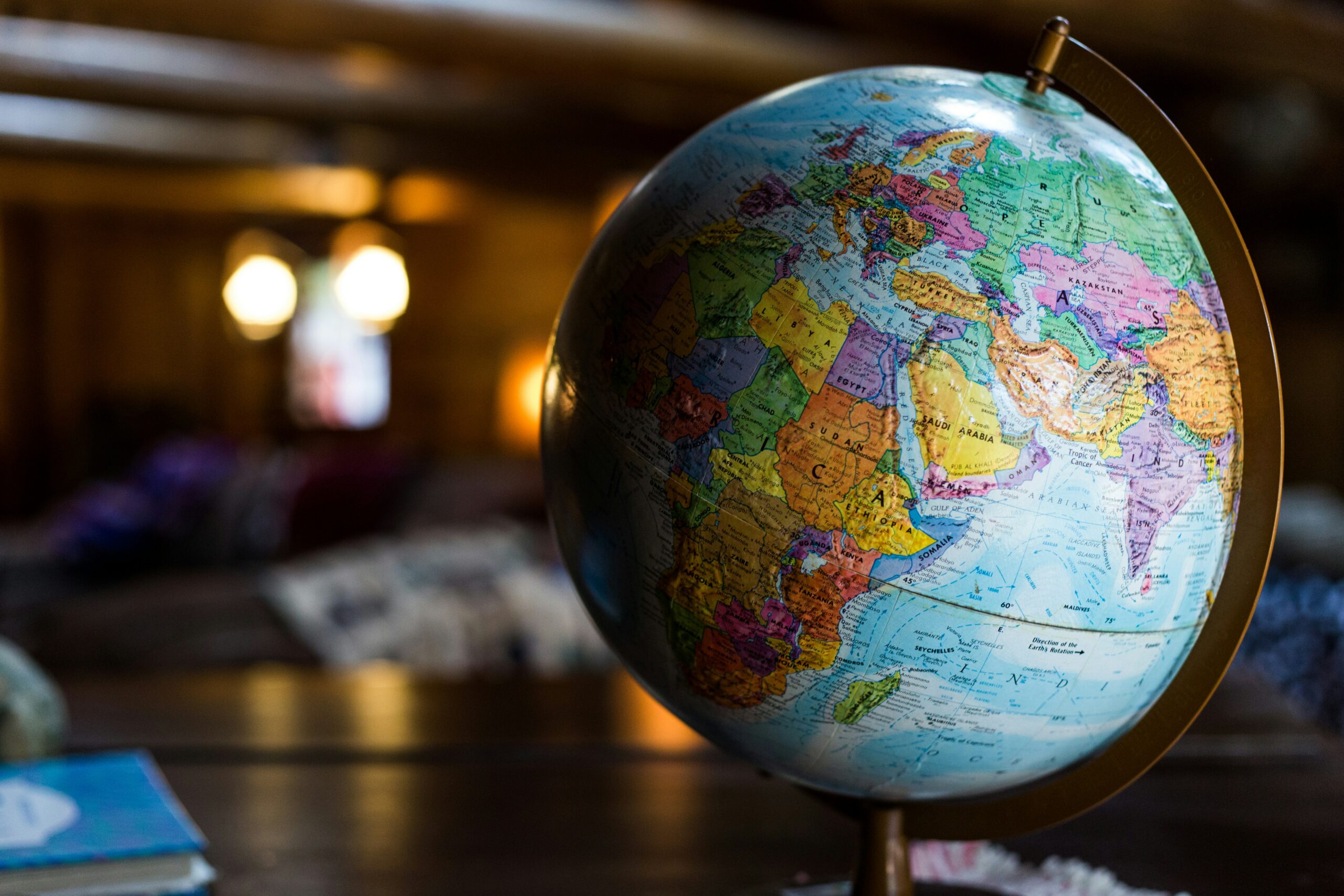The European Union Deforestation Regulation (EUDR) has reshaped how global supply chains are managed. It requires companies trading in certain commodities to prove that their products are deforestation-free and legally produced. To make this process more predictable, the EU introduced benchmarking – a system that classifies countries by their risk of deforestation.
While that might sound like another bureaucratic layer, it’s actually the backbone of how compliance will work in practice. The EUDR’s country-risk benchmarking determines the level of due diligence companies need to perform before placing products on the EU market. Understanding how this system operates is essential for anyone involved in trade, compliance, or sustainability management.
What EUDR Benchmarking Actually Means
At its core, benchmarking is a way for the European Commission to assign a risk category to every country that exports or produces regulated commodities. Each nation is classified as low, standard, or high risk based on how likely its products are to be linked with deforestation or illegal land use.
This classification doesn’t come out of thin air. The Commission uses a mix of quantitative data (like deforestation rates and agricultural expansion) and qualitative factors (such as governance quality, transparency, and human rights protection). The result is a structured, data-backed overview of where compliance risks are highest.
Countries with minimal deforestation rates and strong legal systems are considered low risk, while those with ongoing forest loss or weak enforcement mechanisms fall into higher categories.
Why Benchmarking Matters for Businesses
EUDR benchmarking isn’t just about labeling countries. It’s about defining how much work a company needs to do before selling its goods in the EU. The classification determines the depth of due diligence required:
- Low-risk countries: Simplified due diligence. Companies must collect all necessary information but are not required to perform formal risk assessments or mitigation.
- Standard-risk countries: Full due diligence, including data collection, risk assessment, and mitigation steps.
- High-risk countries: The strictest requirements, with enhanced oversight by national authorities.
This tiered approach allows companies to focus their resources where the risks are highest. It also creates an incentive for governments to improve their sustainability practices so they can move toward a lower risk rating in future reviews.
How the Classification Is Decided
The European Commission applies a structured approach to determine each country’s risk level under the EUDR benchmarking system. This classification draws from both quantitative and qualitative indicators that reflect a country’s environmental performance and governance.
Quantitative indicators
In terms of measurable data, the Commission looks at the rate of deforestation and forest degradation, which directly signals the level of environmental pressure. It also examines how much agricultural land has expanded to produce the commodities regulated by the EUDR, such as soy, palm oil, or cocoa. In addition, trends in the overall production of these commodities and related products are assessed to gauge whether deforestation risks are increasing or stabilizing over time.
Qualitative indicators
Beyond numbers, the Commission evaluates softer but equally important factors. These include how committed a country is to global climate frameworks, such as the Paris Agreement, and whether it has cooperation mechanisms in place with the EU. It also considers the effectiveness of national legal systems, their enforcement capabilities, and the degree of protection provided for Indigenous Peoples and human rights. Transparency plays a critical role too, particularly regarding the availability of credible data on forest cover, land ownership, and commodity production.
By combining both sets of indicators, the Commission forms a complete picture of how responsibly a country manages its forests and agricultural activities. This methodology is formally outlined in the Staff Working Document that supports the Implementing Act, ensuring that the process remains transparent and consistent across regions.
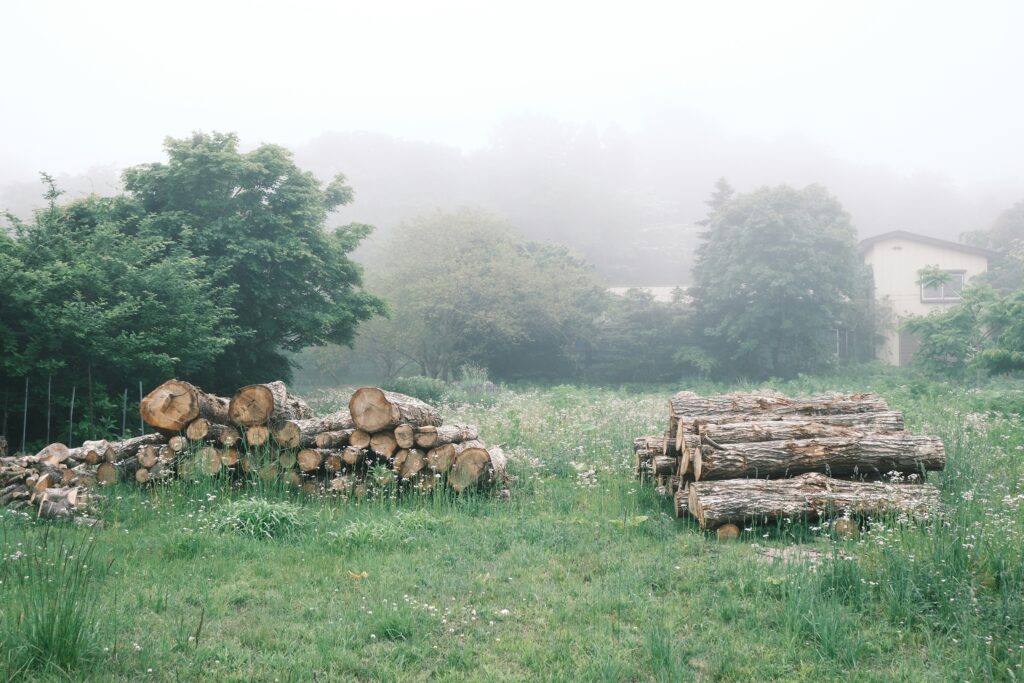
The Current Country Risk Landscape
In May 2025, the European Commission published the first official list of country classifications under the EUDR. This was a major milestone, giving businesses clear guidance for the first time.
As of that update:
- 140 countries were classified as low risk, including all EU Member States, the United States, Canada, China, and Japan.
- Around 50 countries fell into the standard-risk category, including Brazil, Indonesia, and Malaysia.
- Four countries – Russia, Belarus, Myanmar, and North Korea – were designated as high risk.
This list will not stay static. The first review is planned for 2026, once updated forest data from the UN’s Food and Agriculture Organization (FAO) is available. Future reviews will reflect changing national practices and new environmental data.
What the Risk Levels Mean in Practice
Low Risk Doesn’t Mean No Risk
Low-risk countries enjoy simplified due diligence, but that doesn’t mean companies can take shortcuts. Operators still need to:
- Collect complete documentation, including geolocation data and proof of legality
- Store due diligence records for inspection
- Confirm that materials have not been mixed with products from higher-risk countries
If a shipment includes even a small amount of material from a standard or high-risk source, the entire batch must be treated as high risk. This rule prevents circumvention through transshipment or blending.
Standard and High-Risk Countries Require Full Checks
For standard- and high-risk countries, companies must implement full due diligence. That includes:
- Gathering detailed supply chain data
- Conducting a formal risk assessment
- Taking mitigation measures such as supplier audits or sourcing adjustments
High-risk shipments are also subject to enhanced inspections by EU Member State authorities.
Enforcement: How EU Member States Will Check Compliance
To ensure the regulation is applied consistently, EUDR sets minimum inspection thresholds for all Member States:
- 9% of operators and product volumes for high-risk countries
- 3% for standard-risk countries
- 1% for low-risk countries
Authorities can increase these checks if they identify new concerns or receive substantiated complaints from NGOs or other stakeholders. If a company fails to comply, penalties may include fines (up to 4% of EU turnover), temporary bans on placing goods on the market, and even public naming in the EU’s registry of confirmed violations.
The Role of the EU Observatory
The EU Observatory on Deforestation and Forest Degradation supports the benchmarking system by providing maps and data for risk assessment. It combines satellite imagery from Copernicus and other sources to track forest cover changes, degradation, and land use worldwide.
However, the maps provided by the Observatory are not legally binding. They serve as a tool to help companies verify whether a plot of land has been deforested since 2020 but don’t replace due diligence. Businesses can use other reliable datasets or their own remote sensing tools to supplement the process.
Common Pitfalls and Misconceptions
“Low-risk means we can skip compliance”
This is one of the biggest misconceptions. Low-risk classification allows simplified due diligence, but not exemption. Companies must still prove that products are deforestation-free and legally produced.
“All suppliers in a low-risk country are automatically safe”
Not necessarily. Many low-risk countries import and process materials from high-risk regions. For example, China is listed as low risk but imports timber from Russia, which is high risk. This can create hidden exposure in complex supply chains.
“Benchmarking is final”
Far from it. The system will evolve as new data becomes available. A country’s status can improve or worsen, so companies need to monitor updates and adjust sourcing strategies accordingly.
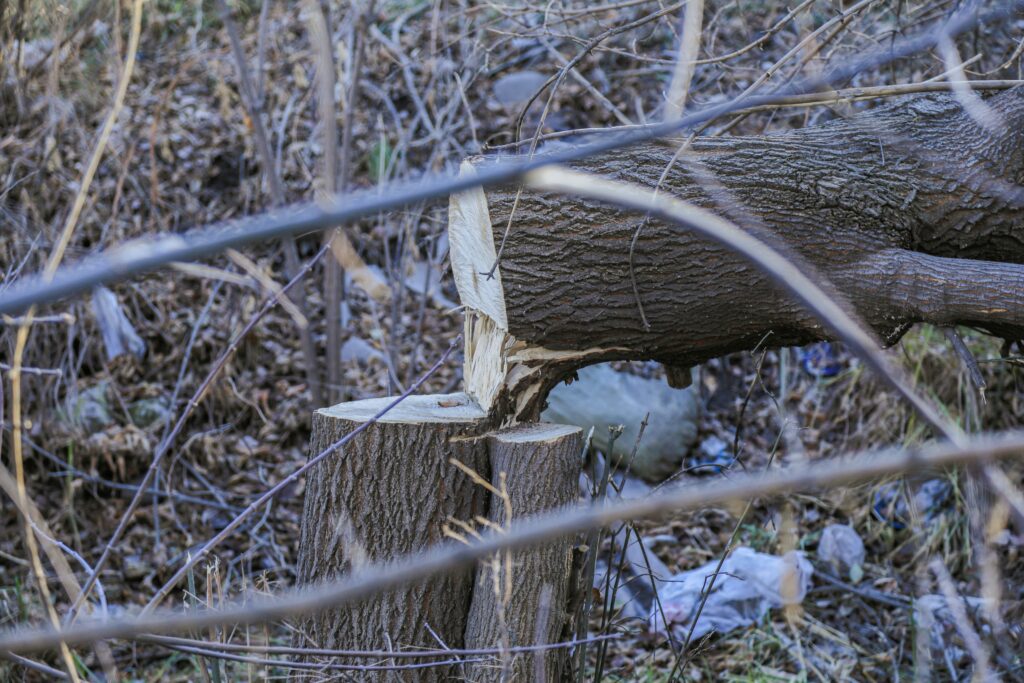
Building a Compliance Strategy Around Benchmarking
To stay compliant under the EUDR, companies need flexible systems that adapt to shifting risk levels. Here’s how to approach it:
1. Map your supply chain
Identify all suppliers and trace every commodity back to its source. Collect geolocation data for every production plot.
2. Conduct risk assessments
For standard- and high-risk sources, evaluate deforestation trends, land legality, and supplier reliability.
3. Mitigate identified risks
If red flags appear, consider actions like supplier training, switching to certified sources, or increasing audits.
4. Document everything
Maintain a clear paper trail of your due diligence steps. The EU can request evidence at any time.
5. Monitor changes
Benchmarking updates will influence compliance levels. Using monitoring tools or automated alerts helps keep your strategy current.
The Role of Technology in Managing Risk
Modern EUDR compliance isn’t something that can be handled manually. Companies are turning to technology-driven platforms to automate key tasks such as:
- Importing and storing geolocation data
- Running satellite-based deforestation analyses
- Tracking country-risk updates in real time
- Managing supplier documentation and due diligence statements
These tools help teams maintain accuracy while reducing the administrative workload. Automation ensures that compliance remains consistent even as regulatory expectations grow more complex.
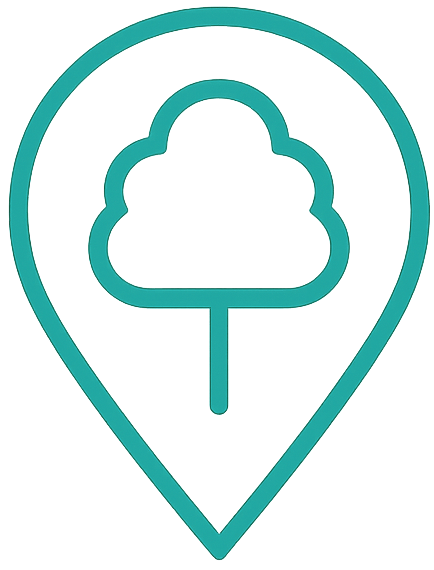
How We Support EUDR Benchmarking in Practice
At EUDR Compliance, our focus is on helping businesses navigate the real-world impact of the EU’s benchmarking system. When countries shift between low, standard, or high risk, companies need to adjust their compliance efforts quickly. Our platform is built to make that part easier, streamlining everything from geolocation data management to automated due diligence reporting.
Since the classification process is led by the European Commission, we don’t influence how benchmarks are set, but we do help companies respond to them with precision and speed. By combining satellite-based monitoring with automated tools, we give businesses the insight they need to stay aligned with changing risk levels without getting buried in paperwork. Whether you’re sourcing from a low-risk region or managing full due diligence for high-risk suppliers, our system helps keep your EUDR compliance up to date and audit-ready.
Why the System Is Designed to Evolve
The European Commission intentionally built benchmarking to be dynamic. The idea is to reflect real-world progress and encourage countries to improve.
If a country reduces deforestation or strengthens its environmental governance, it could move to a lower risk category. Conversely, rising forest loss or political instability could push it higher. This adaptability keeps the system credible and responsive to global environmental changes.
What Comes Next
The first round of classifications has set the baseline for how EUDR will operate, but implementation is still in its early phase. The next milestones to watch include:
- 2026: The first scheduled review of country classifications
- Ongoing: Expansion of the EU Observatory’s data and monitoring capacity
- Industry adoption: Wider use of automated compliance software for data collection and reporting
The pressure is on for companies to integrate sustainability, traceability, and data verification into their operations. Those that act early will be in a much stronger position as enforcement ramps up.
Conclusion
EUDR benchmarking might seem like a technical exercise at first glance, but it’s already reshaping how companies think about risk, transparency, and long-term supply chain planning. When countries are classified based on deforestation risk, the knock-on effect touches everything from procurement workflows to audit prep. And while the EU sets the rules, it’s businesses that have to translate them into real processes.
That’s the challenge, and the opportunity. Companies that treat benchmarking as more than a checklist will be the ones better equipped to adapt as the rules tighten and reviews roll out. The key is to stay responsive, keep your data house in order, and choose tools that scale with the complexity. Because when the next wave of updates hits, and it will, the last thing you want is to be caught flat-footed.
At the end of the day, this isn’t just about compliance. It’s about building a smarter, cleaner, more resilient way of doing business. And benchmarking is just the start.
Frequently Asked Questions
What exactly is EUDR benchmarking, and who creates it?
Benchmarking under the EUDR refers to how the European Commission classifies countries based on deforestation risk. This classification is done through a formal process using environmental data, legal analysis, and policy indicators. It’s not something individual companies can influence, but it affects how they must operate.
How often does the EU plan to update country risk classifications?
The classifications aren’t set in stone. The first update is scheduled for 2026, and the Commission has committed to reviewing them periodically as new data becomes available or as countries improve (or worsen) their sustainability practices.
Does a low-risk classification mean I can skip due diligence?
No. Even with a low-risk rating, companies still have to collect and store full documentation, including geolocation coordinates and proof of legality. The difference is that formal risk assessments and mitigation steps aren’t required, unless there’s a chance of mixing with higher-risk sources.

